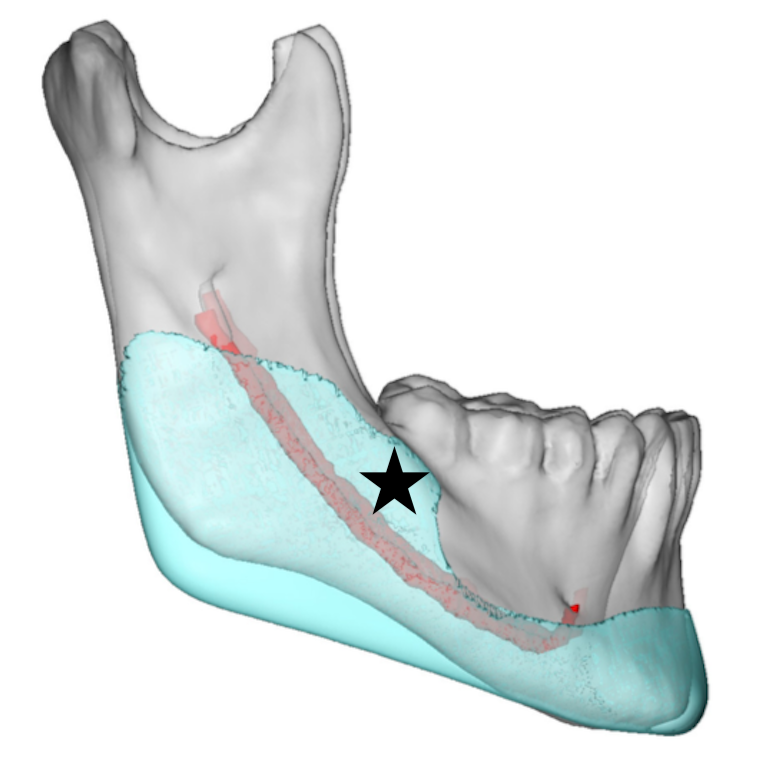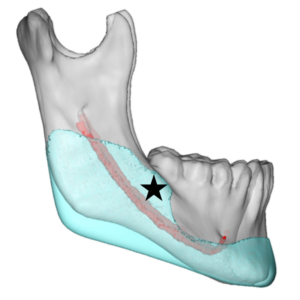While custom jawline or jaw wraparound implants produce the most dramatic changes of the lower face, they face challenges in both their design and placement. How they should be best designed to achieve a patient’s desired jaw shape is both an art and a science. There are specific guidelines that I use based both on facial proportions and relationships as well as considerable experience in seeing their outcomes.
But even the best implant design will fail to achieve a good result if it is not placed ideally as it was designed. It is very deceiving to look at a custom jawline implant design and think it is easy to place it properly. It would be if the implant was being placed on a skeletal model where it is fully visualized. But in the surgical setting the visual access is limited to three incision windows, each of which is not greater than 2.5cms. Given that the typical length along the inferior border of a custom jawline impact is in the range of 20 to 22 mms, this means that only about 1/3 or less of the implant can actually be seen during placement.
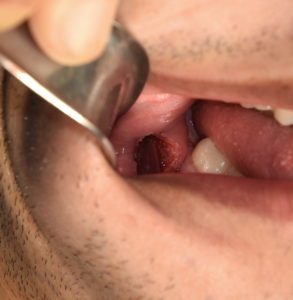
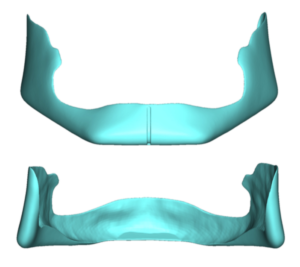
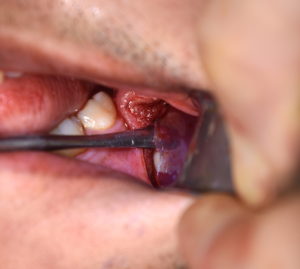
Once the jaw angle portion of the implant is securely positioned by screws, the orientation tab is then removed. This lessens the amount of implant material that lies directly under the intraoral incision.
Dr. Barry Eppley
Indianapolis, Indiana

